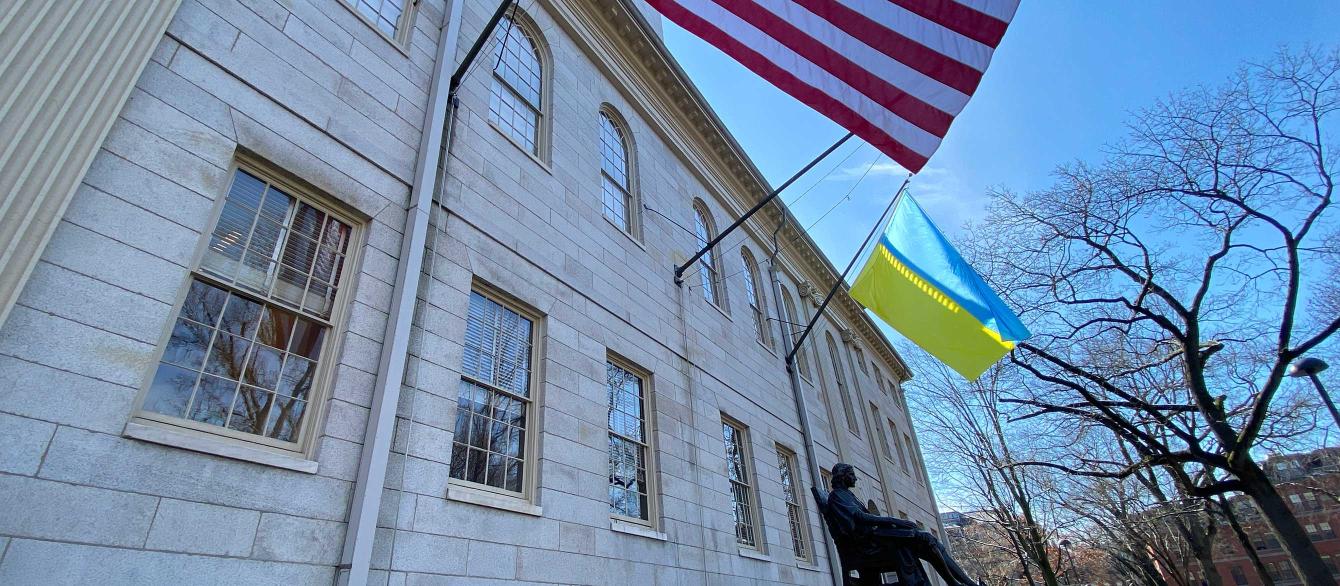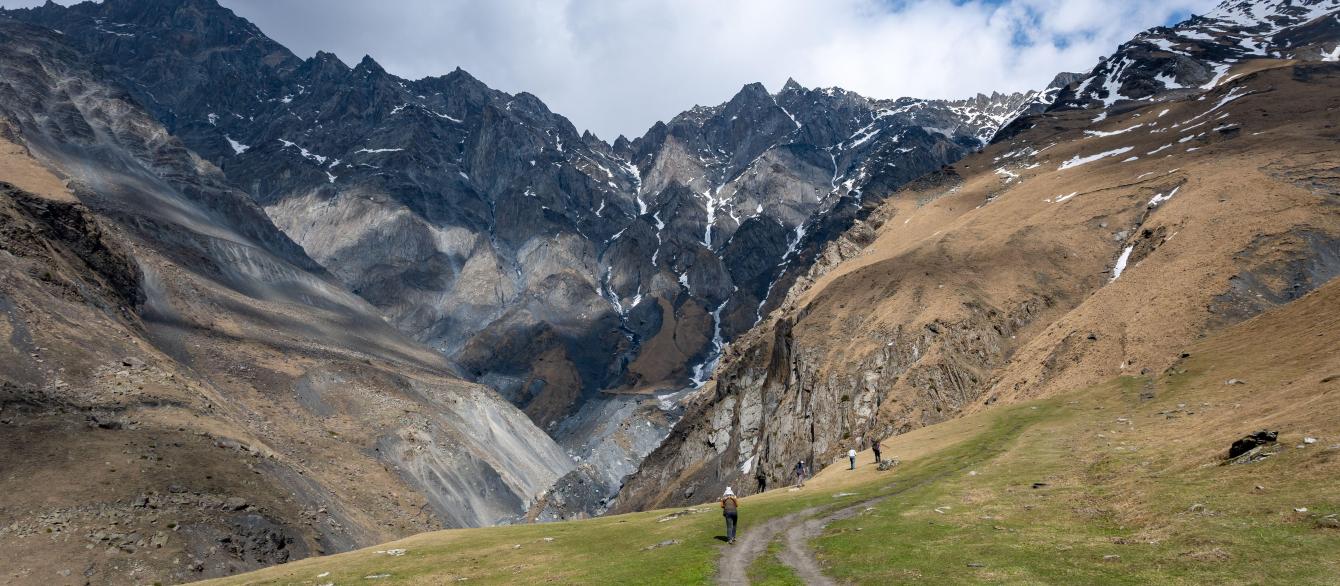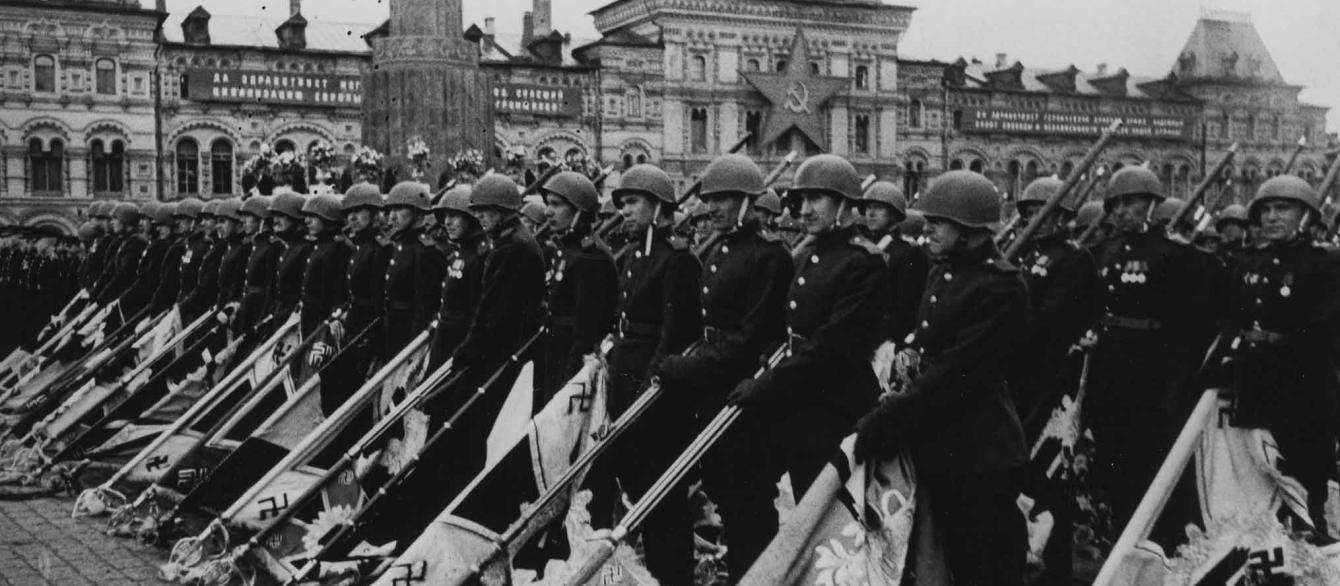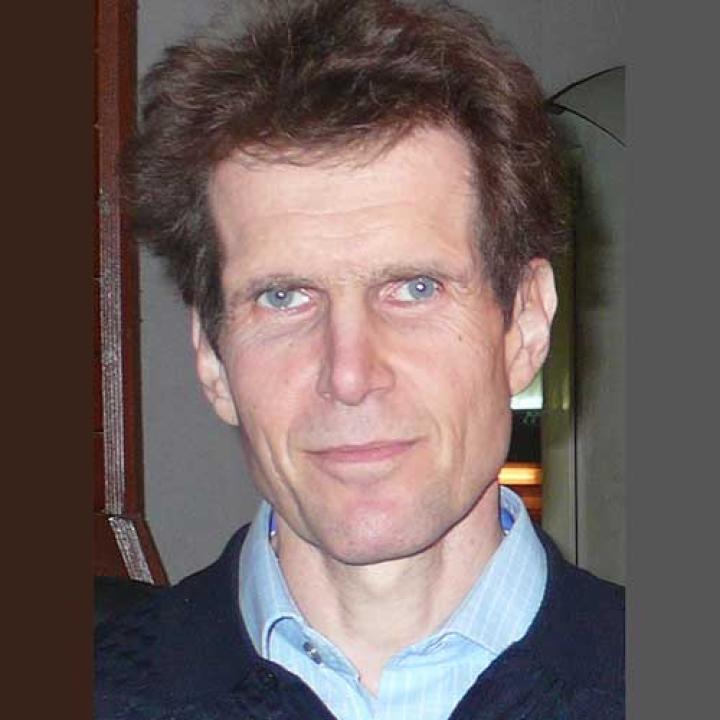This year marks the 75th anniversary of the end of World War II—the end of the fighting in Europe in May 1945 and the end of the fighting in Asia in September 1945. Although precise numbers of those killed in the six years of warfare from 1939 to 1945 are impossible to tabulate, the total deaths attributable to the war exceeded 70 million, more than in all other wars in history combined. Roughly two-thirds of those who died were non-combatants.
The war in Europe began on 23 August 1939, when the Soviet Union and Nazi Germany signed a pact that created a partnership between them in dividing up Poland and the rest of Eastern Europe. Under the terms of this pact, the German Wehrmacht moved into western Poland on 1 September 1939, and the Soviet Red Army moved en masse into eastern Poland sixteen days later. Great Britain, which had signed a bilateral defense treaty with Poland earlier that year, declared war against Germany as required by a secret protocol to the treaty. However, the protocol, as we now know, applied only to defense against Germany, not against any other country. Similarly, France, which also had signed a bilateral defense treaty with Poland that expressly applied only to Germany, declared war against Germany hours after Britain did. But neither the British nor the French government declared war against the Soviet Union. In Britain, where the public did not know about the secret provision to the British-Polish defense accord, the failure to declare war on the USSR was controversial at the time, seeming to give carte blanche to the Soviet Union for its conquests.
The Wehrmacht encountered stiff armed resistance in western Poland but rapidly consolidated its hold and inflicted severe reprisals against the communities that tried to resist. By the time the Red Army entered Poland from the east, most of the resistance had been quelled. Soviet and German forces set up brutal occupation regimes in their respective spheres and forcibly transferred hundreds of thousands of Polish citizens to forced-labor sites. On 22 September the Soviet and German forces celebrated the conquest of Poland with a joint military parade at Brest-Litovsk (Brześć-Litewski), a small city on the demarcation line established under point 2 of the secret protocol to the Nazi-Soviet Pact. Sporadic fighting continued for the next two weeks, but by early October 1939 the Polish state had ceased to exist.
It would be much better not only for the history of Russia but also for the country’s future if Russian leaders were willing to permit—and even encourage—a much more even-handed discussion of the Soviet Union’s role in the war.
Mark Kramer
Even as the Red Army was imposing Soviet rule on eastern Poland, Soviet troops also began moving into the three Baltic states (Estonia, Latvia, Lithuania), which had enjoyed some two decades of independence after the First World War. In subsequent months, as Soviet military and state security forces continued to pour into the Baltic countries, they compelled the local governments to comply with Moscow’s demands. Eventually, in mid-1940, Soviet occupying forces replaced the indigenous governments with puppet regimes that voted for “voluntary” incorporation into the USSR. The same pattern was evident in the formerly Romanian territories of Bessarabia and northern Bukovina, which the Soviet Union occupied and annexed in late June 1940.
The only major impediment to the expansion of Soviet rule in Eastern Europe came in Finland, where the entry of Soviet troops at the end of November 1939 sparked a brief but intense war that exposed grave weaknesses in the Red Army—weaknesses that stemmed in part from Joseph Stalin’s wholesale purges of the Soviet High Command in 1936–1938. Although the vastly outnumbered Finnish forces eventually had to retreat and yield sizable parts of Finnish territory, the three-and-a-half months of fierce combat in 1939–1940 inflicted devastating losses on the Red Army, including the deaths of at least 126,875 soldiers and the wounding of 264,908. Stalin prohibited any public disclosure of the full magnitude of Soviet casualties, depicting the conflict with Finland as an unblemished success for the USSR.
This history is important to bear in mind nowadays because the Soviet Union’s role in the war has been obscured in myths—myths that arose initially during the Soviet period and that have multiplied in recent years under Vladimir Putin. One of the more disingenuous myths, fostered last year and earlier this year by Putin, is that Poland started the war—a bizarre claim that turns history on its head. Another myth is that the Soviet Union’s role in the Second World War began on 22 June 1941, when the Wehrmacht attacked the USSR. In reality, the Soviet Union was a leading participant from the very start, colluding for nearly two years with Nazi Germany.
The brutality of the Soviet occupation of eastern Poland, including massacres and widespread rapes, is a taboo subject in Russia nowadays under legislation adopted in May 2014 at Putin’s behest. The legislation allows criminal charges, punishable by up to five years of prison as well as large fines, to be brought against anyone in Russia who “spreads information on military and memorial commemorative dates related to Russia’s defense that is clearly disrespectful of society” or who “spreads intentionally false information about the Soviet Union’s activities during World War II.” Russian scholars who wish to investigate and write about sensitive topics, such as the collaboration of Russians with the Nazi occupiers or the atrocities committed by Soviet troops, are deterred from doing so lest they be sent to prison. Prosecutions and convictions have indeed occurred.
The German attack against the Soviet Union on 22 June 1941, codenamed Operation Barbarossa, constituted the largest invasion in history, with millions of troops, tens of thousands of tanks and artillery systems, nearly 5,000 combat aircraft, and hundreds of thousands of combat vehicles. The all-out onslaught of the Wehrmacht nearly knocked the Red Army out of the war in the initial days and weeks, yet somehow, despite appalling conditions at the front, Soviet soldiers managed to rally back. Over the next four years, the Red Army bore the brunt of the fighting in Europe, eventually launching massive counteroffensives that drove the Wehrmacht out of Eastern Europe and back into Germany, where the final surrender took place on 9 May 1945 in Berlin. The Soviet Union suffered by far the largest absolute number of casualties in Europe, with nearly 25 million killed, but on a per capita basis Poland actually endured greater losses. The Wehrmacht and SS fought with horrifying brutality, but the Red Army and NKVD also perpetrated systematic atrocities both during the war and in the early postwar occupations of Germany and Eastern Europe.
The wanton cruelty and destruction of the war in Europe should temper commemorations of it in Russia in this anniversary year. The immense heroism of Soviet soldiers in fighting the Wehrmacht is undeniable, but the much darker side of the Soviet war effort is also undeniable. It is unfortunate that in Russia nowadays only glorious images and speeches are tolerated. It would be much better not only for the history of Russia but also for the country’s future if Russian leaders were willing to permit—and even encourage—a much more even-handed discussion of the Soviet Union’s role in the war.






